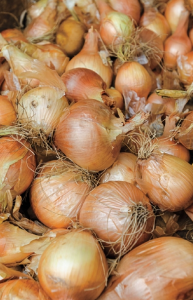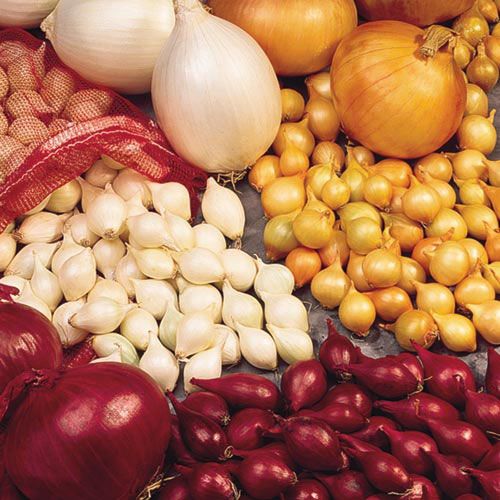 One of the most obvious perks of growing your own food is the ability to bring the high-flavor, quality fruits and vegetables to every meal. But how do you savor this privilege when the days shorten and snow takes hold of the ground? It’s quite simple, by storing the produce. Potatoes, apples, carrots, squash and many other vegetables and fruits can be stored for 2 months (really!) to keep your taste buds happy and your body well-nourished until the next growing season.
One of the most obvious perks of growing your own food is the ability to bring the high-flavor, quality fruits and vegetables to every meal. But how do you savor this privilege when the days shorten and snow takes hold of the ground? It’s quite simple, by storing the produce. Potatoes, apples, carrots, squash and many other vegetables and fruits can be stored for 2 months (really!) to keep your taste buds happy and your body well-nourished until the next growing season.
Essentials of storing crops successfully
When it comes to storage, not all crops fare the same- there are varieties that’ll store better than others. Make sure to select these ‘good keepers’ when you’re picking crops for planting. You should time the planting in a way that your crops mature towards the end of season. Remember, crops harvested at their prime typically store better than the rest.
The first full-sized apple to fall off the tree usually indicates it’s time to harvest. You can harvest apples early if birds are a problem, or wait until just before the first frost. It’s always best to use a ladder when picking apples. Handle the fruits carefully to prevent bruising or bumping. Fruits with cuts and blemishes don’t store well, so feel free to bite into them, make apple sauce or use them in jams and desserts. Our Apple Parer/Corer/Peeler and Food Strainer and Sauce Maker will save both time and effort while getting the job done in perfect fashion. Place those perfect apples in trays or boxes lined with shredded newspaper and store them away in a cool, dark place.
Potato foliage will die back by the end of summer, signaling the time to dig out and cure them for storage. Lay out the tubers on clean newspaper sheets in a dark, well-ventilated place (with temperatures between 50-60 degrees F.) This will cause the skins to toughen up in within a couple of weeks. After a week or two, clean the tubers using dry cloth, removing dirt and pitching any damaged tubers. Place the spuds in ventilated baskets or boxes and cover them with newspaper or clean sheets to prevent the spread of rot. The ideal temperature for storing potatoes is 40-50 degrees F, and they should be kept in the dark.
Onions, just like potatoes, need to be cured before storage. And just like potatoes, their foliage will signal the right time to act- the leaves will flop back, which also tells you that they’ve stopped growing. Let the onions sit in the soil until the foliage has turned yellow and the necks have tightened. You can allow the harvested onions to sit on the soil for a couple of weeks. If, however, there’s a chance of rain or frost, promptly move them to a dry location and spread them out on the floor. Allow 2 weeks for curing. Once the skins have tightened and there’s no residual moisture on the leaves or stems, place them in mesh bags or baskets and store away in a cool, dark location. Temperatures between 45-50 degrees F are best for storing onions.

